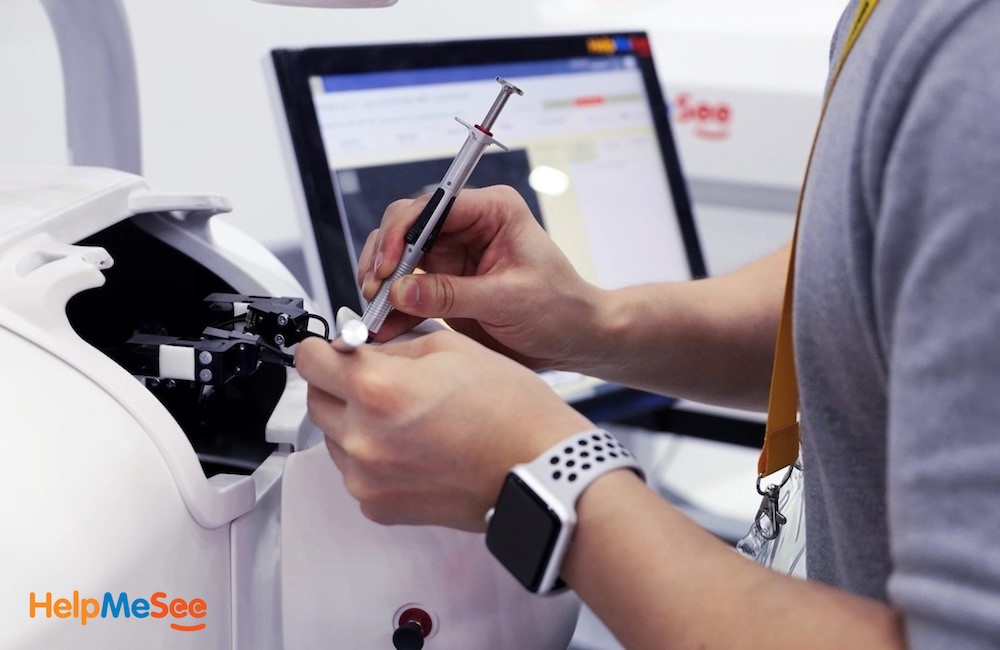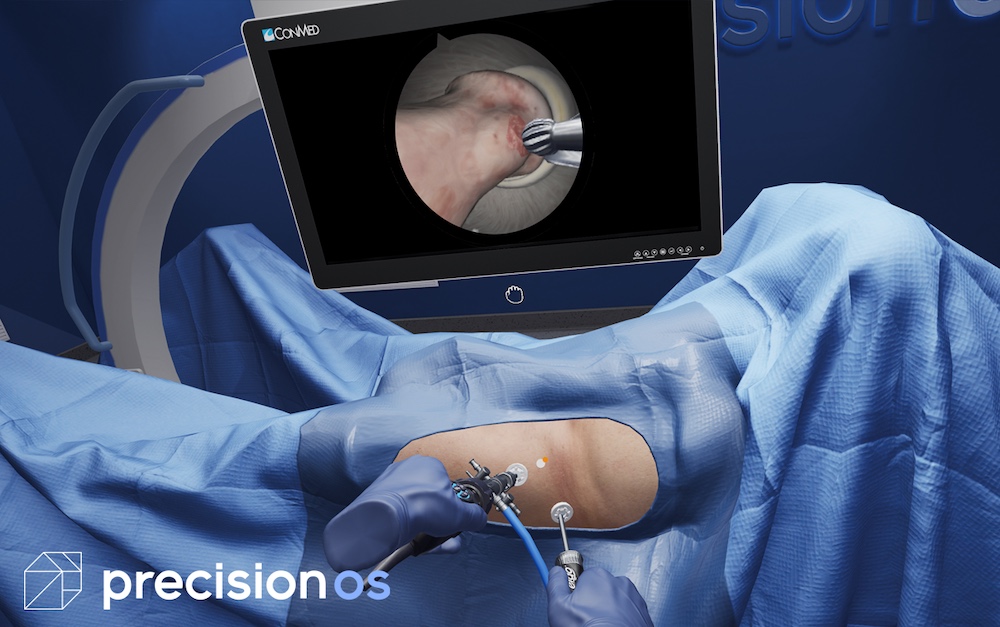VirtaMed is a developer and producer of highly realistic surgical simulators for healthcare simulation training. Headquartered in Zurich, Switzerland, the company provides the products that allow surgeons to train in a safe environment, including the LaparoS for gynecological laparoscopy. Given the restricted training opportunities presented by COVID-19, VirtaMed has established a new surgical gynecology simulation portfolio.
To date, COVID-19 has restricted training opportunities and therefore simulation training is becoming an essential part of the educational pathway for residents to train outside of the operating room. This surgical gynecology simulation portfolio is specifically targeted at gynecology residency programs, as there are 5,400 gynecology residents and 285 gynecology residency programs in the United States, according to VirtaMed. Therefore, this portfolio addresses a much-needed surgical simulation training service.
This gynecological laparoscopy training module is meant to complement the company’s hysteroscopic training modules. This will allow OB/GYN residents to practice training both hysteroscopic and laparoscopic skills all on one surgical simulator. This module will include training on key skills needed for hysterectomy, tubal ligation and management of ectopic pregnancies.
VirtaMed believes combining the highlights of the new LaparoS with all the experience from GynoS Hysteroscopy will be a great step forward in safe, realistic, proficiency-based healthcare simulation training for surgical gynecology. The module will continue to be aligned with the Accreditation Council for Graduate Medical Education residency milestones.
VirtaMed Surgical Gynecology Simulation Portfolio Features
The new VirtaMed surgical gynecology simulation portfolio includes the company’s Hysteroscopy Simulator, which was developed in 2001 and commercialized in 2008. Allowing for the use of original tools, this solution eases the transfer of skills to the operating room. Surgical gynecology can be complemented with OB/GYN training modules for ultrasound, IUD placement, and embryo transfer, as well as with UroS and ArthroS, for multidisciplinary training on one platform.
One benefit of the surgical gynecology simulator is that the product is photorealistic, offering high-fidelity simulation by way of visualization. This enables simulation of the entire abdomen, including correct physical behavior of all organs. Along with photorealism, the laparoscopy and hysteroscopy training solution offers realistic positioning for team training for a surgeon and camera assistant. Realistic position is important in conveying ergonomic patient positioning, including Trendelenburg.
In terms of motivational training, the surgical gynecology simulation portfolio focuses on important surgical skills, pathologies and complications. In addition, a simulation debriefing is provided by way of competency-based performance feedback. Further creating a realistic healthcare simulation experience, free trocar placements and the insertion of replica instruments creates a truly authentic feeling. New active trocars provide realistic tactile sensation as well.
Another benefit of the VirtaMed surgical gynecology simulator is that the solution is connect-enabled. Educators and learners can access their simulator data anywhere and at any time with Connect, VirtaMed’s cloud-based data management system. Educators can then track learner progress and implement courses to help train the best surgeons of tomorrow. Being continuing medical education (CME) compatible, these educators can choose to take advantage of the latest technology and integrate VirtaMed’s simulators into their CME training program.
The portfolio also includes a patient comfort scale to make surgeons aware of this factor, as gynecological surgery is often an outpatient procedure. Further, the solution comes with a MyoSure tissue removal device. Using the simulation portfolio, training opportunities range from learning basic skills, such as how to handle the hysteroscope and understanding fluid management, to therapeutic cases like the electrosurgical removal of the septum.
With curriculum development in mind, VirtaMed’s surgical simulator allows educators to work with the VirtaMed training and education team to develop the best simulator-based courses. This collaboration helps VirtaMed to identify and integrate important concepts into an existing curriculum.
The new gynecological laparoscopy module uses the new VirtaMed LaparoS platform, which includes crucial training steps, such as patient positioning and trocar placement. As positioning is crucial for better outcomes, VirtaMed offers the first simulator where a trainee learns how to position the patient according to the procedure requirements. During trocar placement, the learner can place trocars across the abdominal model, demonstrating instrument handling with different trocar placement.
With a real operating room setup with team training (unique to VirtaMed), simulated training can range from basic skills to therapeutic cases. Basic skills training involves procedures such as how to handle the laparoscopy, whereas therapeutic cases involve hysterectomy, tubal ligation and the management of ectopic pregnancies. With a true-to-life team setup, surgeons and assistants can thoroughly practice these skills, in addition to learning how to collaborate in a limited space.
Laparoscopy diagnostic and therapeutic cases:
- Hand-eye coordination and fine movement
- Image centering and horizon control
- Periscoping and centering
- Grasping, clipping, cutting and bi-manual coordination I & II
- Diagnostic laparoscopy and tubal patency test
- Tubal ligation
- Safe clip placement on uterine vessels
- Lysis of pelvic adhesions J Management of an ectopic pregnancy
- Key hysterectomy tasks, including ligament dissection, treatment of the adnexa, and vesicouterine fold dissection
Hysteroscopy diagnostic and therapeutic cases:
- Cervix navigation
- Diagnostic tours
- Fluid handling
- Targeted biopsy
- Polypectomies
- Myomectomies
- Synechia and septum removal
More About VirtaMed Surgical Simulators
VirtaMed’s team began researching the first company product in 2001, a hysteroscopy simulator now called GynoS Hysteroscopy. That simulator has evolved over the years, and has been featured in many peer-reviewed validation studies. Along with a patient comfort scale, helping physicians become more aware of this factor during training, the simulator has also become equipped with new surgical devices and techniques.
Today, the company’s mission is to change the way healthcare training is presented so that learners can receive feedback regarding their skill levels. Receiving this information prior to treating real life patients is critical to improving outcomes and increasing patient safety.
VirtaMed hopes to use simulation to implement shorter learning curves and the seamless transfer of skills to the operating room. The company plans to do so by continuously working to improve the quality of medical care with state-of-the-art, virtual reality-based medical training and education.








